
Wonderful Indian art, architecture and history! Official Twitter handle of 'भारतीय वास्तुकला(Wonderful Indian Architecture)' FB page
|| Instagram: @wiavastukala
13 subscribers
How to get URL link on X (Twitter) App


 2). Whole universe is composed of movable and immovable elements originating from Primeval waters(Apah in Vedas). Brahma holds these water hence Kamandalu represents those waters. Kala devours everything being and non-being(at the end, Pralaya) Akshamala represents Kala.
2). Whole universe is composed of movable and immovable elements originating from Primeval waters(Apah in Vedas). Brahma holds these water hence Kamandalu represents those waters. Kala devours everything being and non-being(at the end, Pralaya) Akshamala represents Kala.




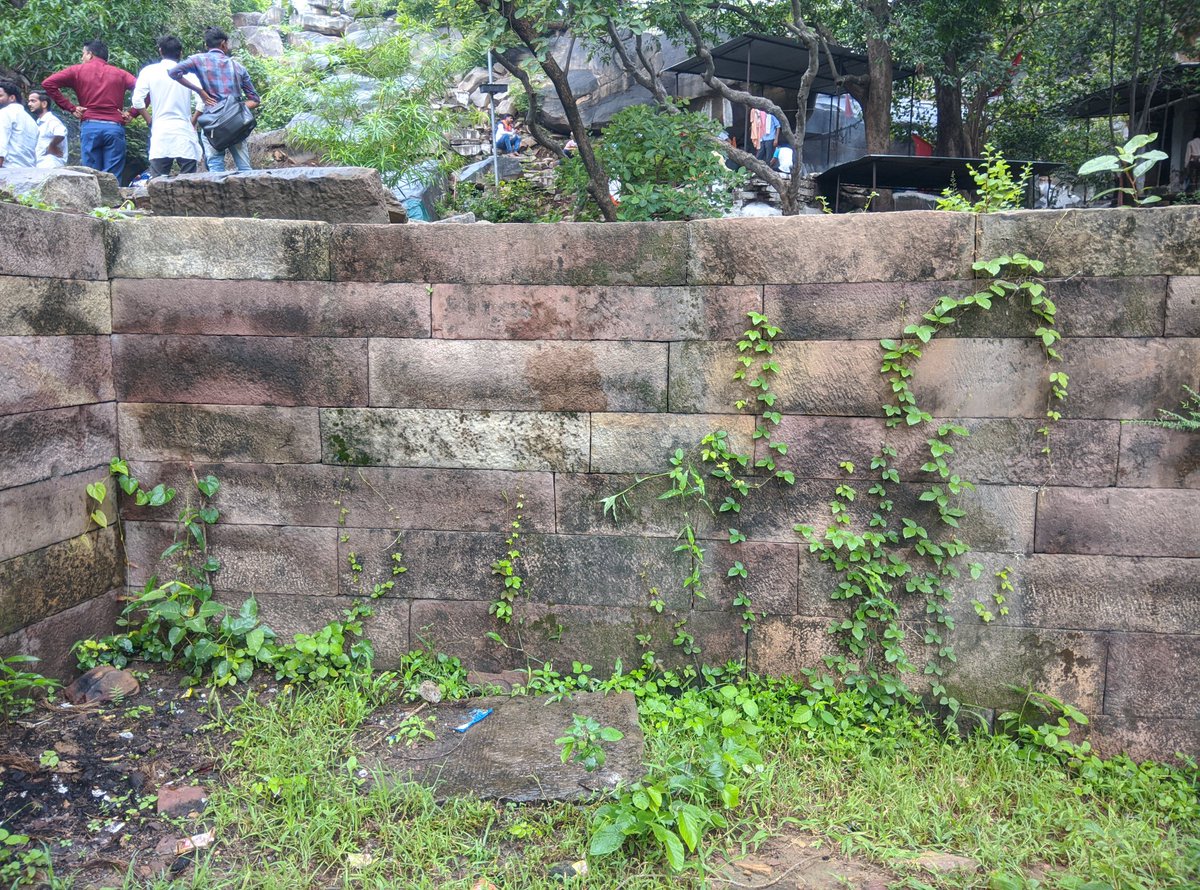 Here this one is most extant temple devoid of any deity. Stylistically it is similar to temples of region. I believe there were 3 such shrines with common Mandapa(like Trikuta temples of Hoysala). See the fineness of craftsmanship unfortunately most of it was smuggled.
Here this one is most extant temple devoid of any deity. Stylistically it is similar to temples of region. I believe there were 3 such shrines with common Mandapa(like Trikuta temples of Hoysala). See the fineness of craftsmanship unfortunately most of it was smuggled. 







 2) The region was also known as Videha, Mithila, Tirabhukti or Tirhuta.
2) The region was also known as Videha, Mithila, Tirabhukti or Tirhuta.
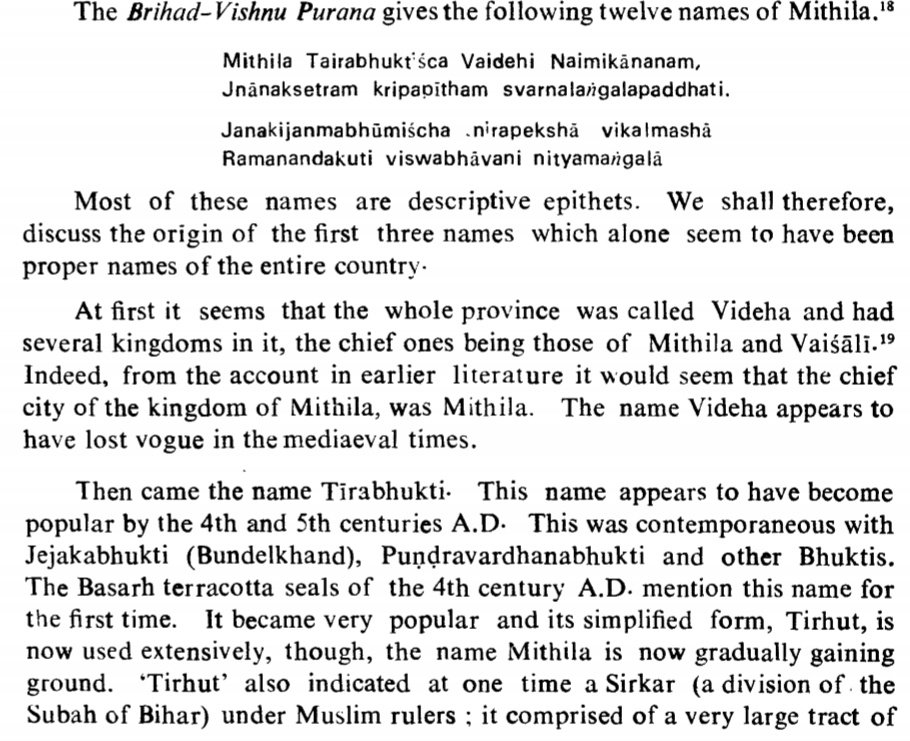



 2)"Unlike China, with an odd textual reference or a drawing or a singular artefact, was the entire industry in India – which remained unrivalled in the history of the world. Compared to China’s paltry production of gunpowder, India’s widespread and organized gunpowder production
2)"Unlike China, with an odd textual reference or a drawing or a singular artefact, was the entire industry in India – which remained unrivalled in the history of the world. Compared to China’s paltry production of gunpowder, India’s widespread and organized gunpowder production 


 2)the Persians call'd Indostan, that is, The Countrey of Indus; and by the Greek and Latine Writers, India intra Gangem, or India within Ganges. The other part is call'd Mangi, or India extra Gangem, or Without Ganges.
2)the Persians call'd Indostan, that is, The Countrey of Indus; and by the Greek and Latine Writers, India intra Gangem, or India within Ganges. The other part is call'd Mangi, or India extra Gangem, or Without Ganges. 




 2.of lead, sand and gul. The main gate of the fort faces Rajapuri on the shore and can be seen only when one is quite close to it. It has a small postern gate towards the open sea for escape. The fort has 19 rounded bastions, still intact. On the outer wall flanking the main gate
2.of lead, sand and gul. The main gate of the fort faces Rajapuri on the shore and can be seen only when one is quite close to it. It has a small postern gate towards the open sea for escape. The fort has 19 rounded bastions, still intact. On the outer wall flanking the main gate 
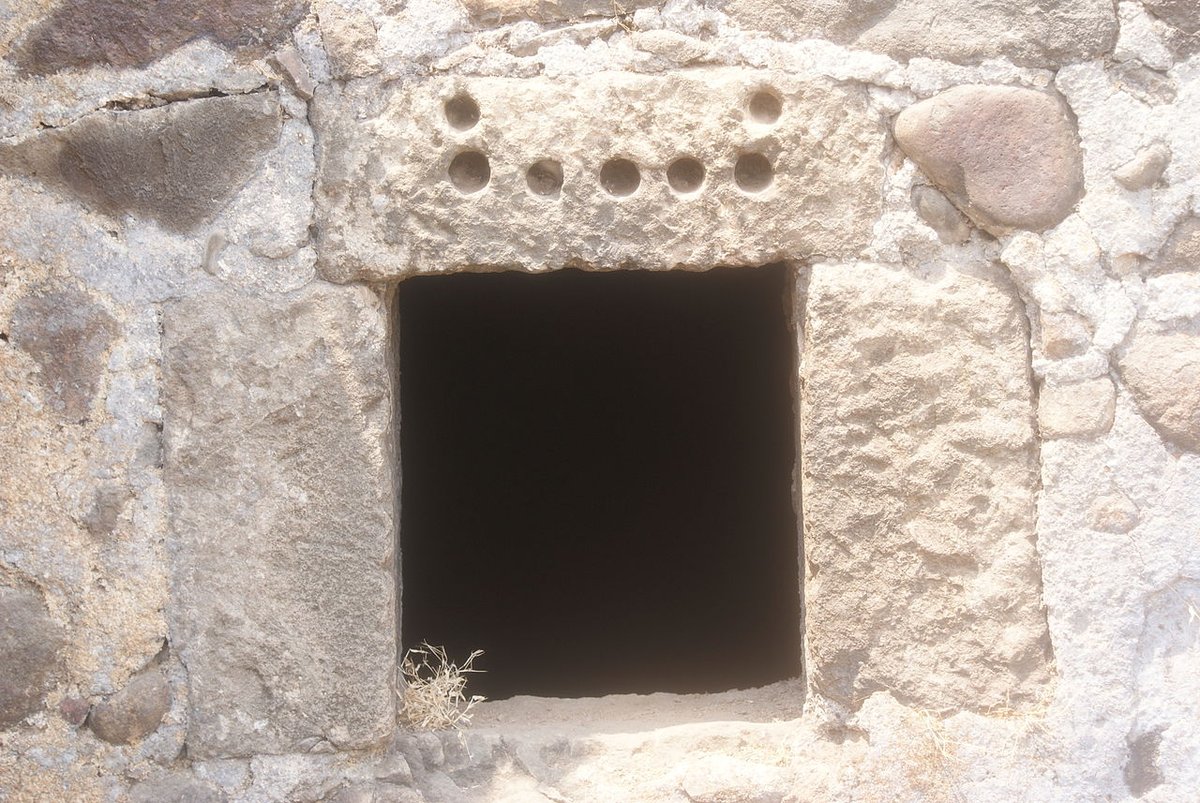

 Ascetic's pectoral plaque with Hanuman as central figure
Ascetic's pectoral plaque with Hanuman as central figure

 2)Brahmin at GyanVapi, Varanasi
2)Brahmin at GyanVapi, Varanasi

 2) Stupa depicted on panel, Bujang Valley, Malaysia
2) Stupa depicted on panel, Bujang Valley, Malaysia

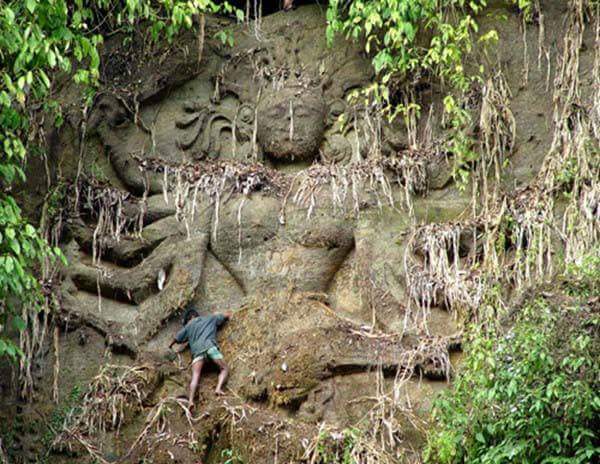
 Colossal Ganesha from Unakoti, Kailashahar(Tripura)
Colossal Ganesha from Unakoti, Kailashahar(Tripura)


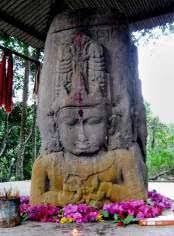
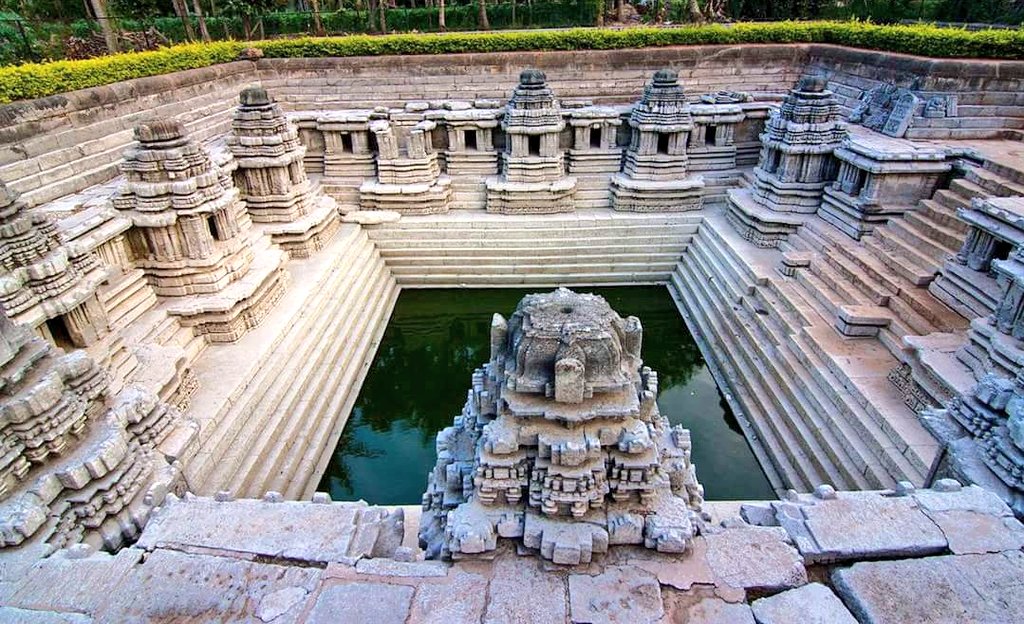
 Chand Baori stepwell, Abhaneri ,Rajasthan
Chand Baori stepwell, Abhaneri ,Rajasthan

 Anda(dome without neck) of an ancient building in Ahmedabad
Anda(dome without neck) of an ancient building in Ahmedabad

 2)First used of pointed arch in middle East is found in ~8th century CE that is 500 years later than their Indian counterparts.
2)First used of pointed arch in middle East is found in ~8th century CE that is 500 years later than their Indian counterparts. https://twitter.com/wiavastukala/status/948778685439475713

 2) Kinnari, gold, Surigao, Phillipines
2) Kinnari, gold, Surigao, Phillipines

 2)When these five heads appear on a linga they are usually different in appearance; Vamadeva is generally portrayed as a woman and Aghora as a fierce figure. But here there are five identical heads, an iconography more common after the fifteenth century.
2)When these five heads appear on a linga they are usually different in appearance; Vamadeva is generally portrayed as a woman and Aghora as a fierce figure. But here there are five identical heads, an iconography more common after the fifteenth century.
Central niche of Adina Masjid, Pandua
External Tweet loading...
If nothing shows, it may have been deleted
by @ReclaimTemples view original on Twitter
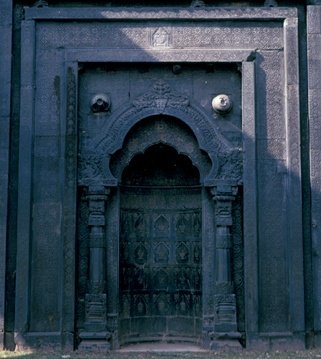
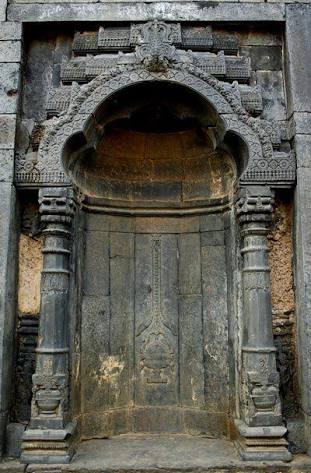
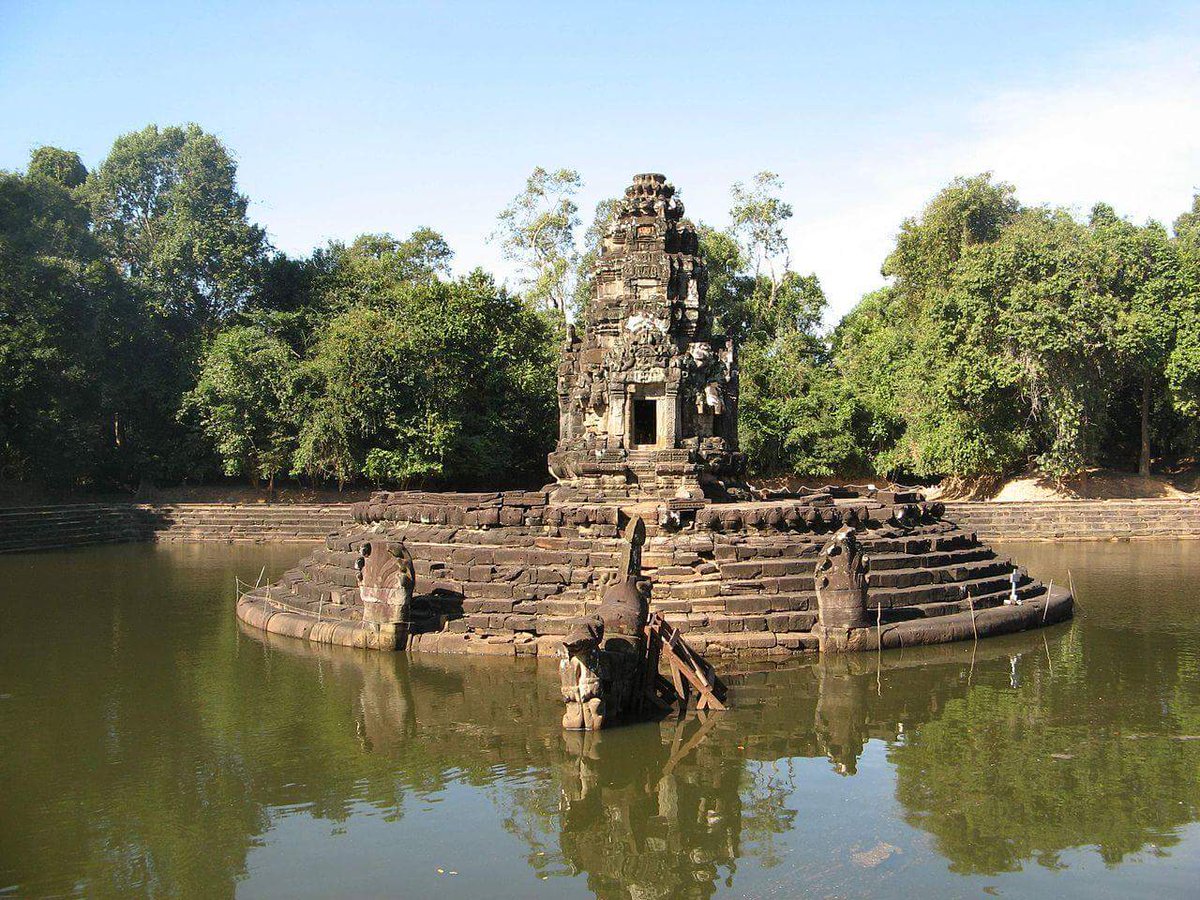
 2)..it is one of the many hospitals that Jayavarman VII built. It is based on the ancient Hindu belief of balance. Four connected pools represent Water, Earth, Fire and Wind. Each is connected to the central water source,
2)..it is one of the many hospitals that Jayavarman VII built. It is based on the ancient Hindu belief of balance. Four connected pools represent Water, Earth, Fire and Wind. Each is connected to the central water source,

 2)Ceiling is decorated with full bloomed lotus flower which has a special significance in Indian traditions. Front portion of chamber is designed as to look like temple. Like many other places this place also suffered the wrath of invaders(Islamic and British).
2)Ceiling is decorated with full bloomed lotus flower which has a special significance in Indian traditions. Front portion of chamber is designed as to look like temple. Like many other places this place also suffered the wrath of invaders(Islamic and British).


 2)One side shows a three-headed and four-armed male deity, seated cross-legged on a chequered cushion supported by two white bulls. This figure holds in the hands the sun and the moon, a vajra (thunderbolt), and a white round object, possibly a bijapura (citrus fruit).
2)One side shows a three-headed and four-armed male deity, seated cross-legged on a chequered cushion supported by two white bulls. This figure holds in the hands the sun and the moon, a vajra (thunderbolt), and a white round object, possibly a bijapura (citrus fruit).
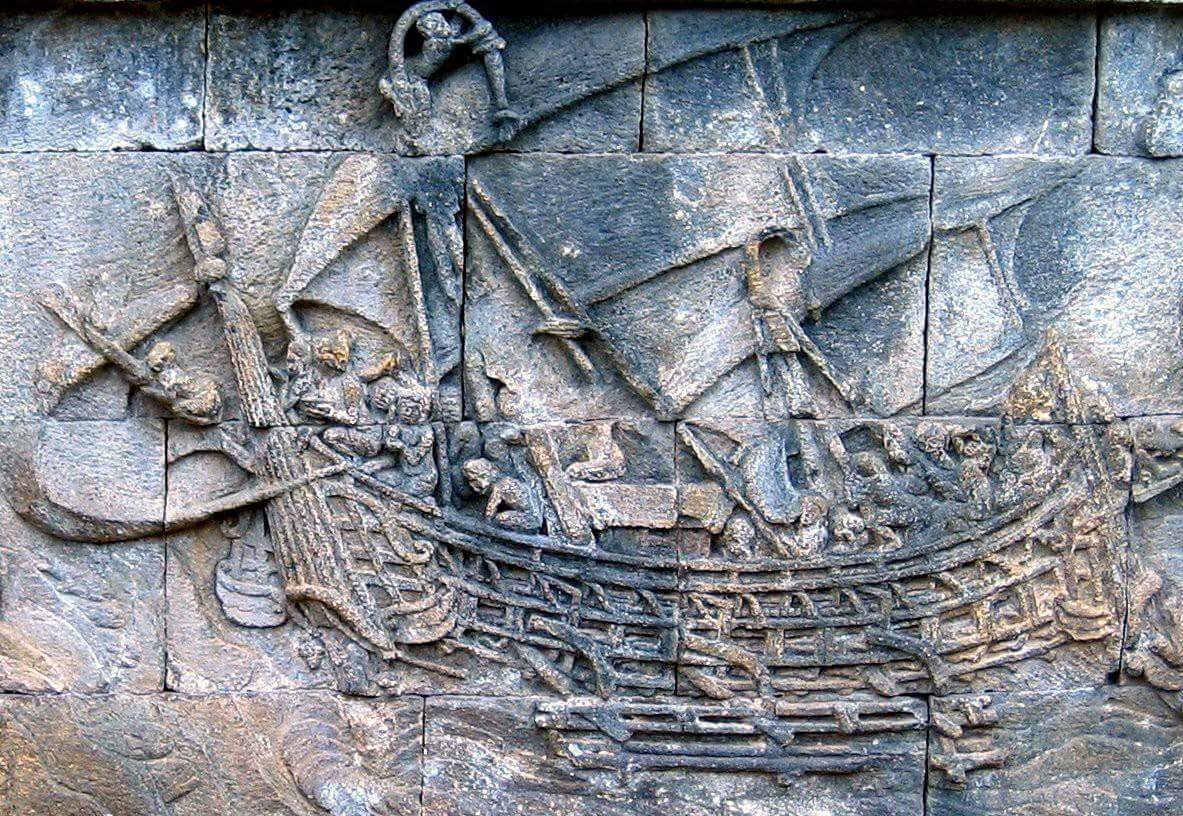
 2)Professor R.C. Majumdar says that there existed a comprehensive book of Naval-architecture in India dating back to 2nd century BCE, if not earlier.
2)Professor R.C. Majumdar says that there existed a comprehensive book of Naval-architecture in India dating back to 2nd century BCE, if not earlier.